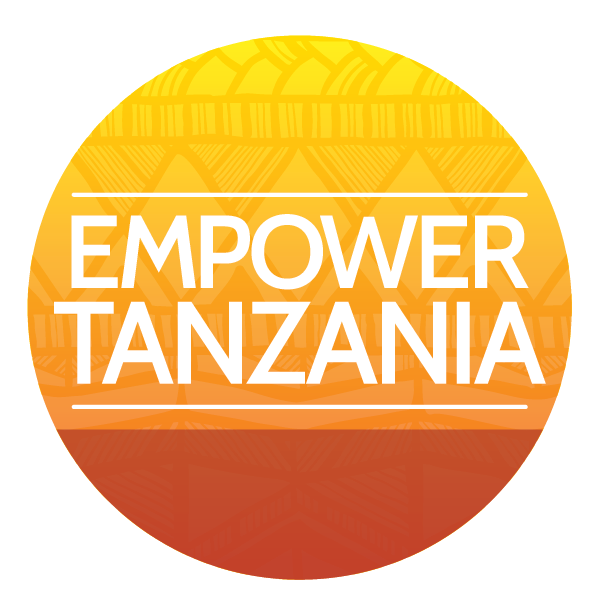Latrines!
Latrines! How many of us get excited about them?
If you are one of the people attending the Safe Motherhood Clinics in the remote Maasai area of Nadururu in Tanzania, YOU get excited about a latrine, because there wasn’t one….and soon there will be.
Construction began last week, and is coming along beautifully, due to be completed soon.The mud bricks are made by hand and fired locally, and the contribution of the local people is to bring water, which is no small job, considering that most water is miles away, and typically shared by the crocodiles or rock pythons, both capable of eating small goats!What you are looking at here is probably one of the more expensive parts of the building. Those simple metal roofs are stunningly expensive, as they all have to be imported, or at the very least trucked in from the city at $8 a gallon for diesel.
The next step will be to install the sinks, pipes etc. Until a much larger water project is done out there, they will haul the water in buckets for clinic days and flush with a dipper of water. It works quite well, as these will have “squatty potties”, which are floor basins that flush well on less than a quart of water.
When all of that is done, they will plaster and paint the building, and it will be beautiful!
Notice that the ladders and braces used for this project are made from local wood, cut down and put together by hand, some of it right here on the spot. We are frequently reminded that until about 100 years ago, this was a stone-age culture and they made literally everything they had from the land around them. They have not forgotten how to take advantage of their environment for many of their needs and are quite creative. Even the doors were likely made by a local carpenter in a nearby town.
At any one time in Tanzania, over 1/2 the population has intestinal parasites, so you can imagine the workout this latrine will get on clinic day. Thanks go out to all the donors who helped to make this building possible. It will be very appreciated!
